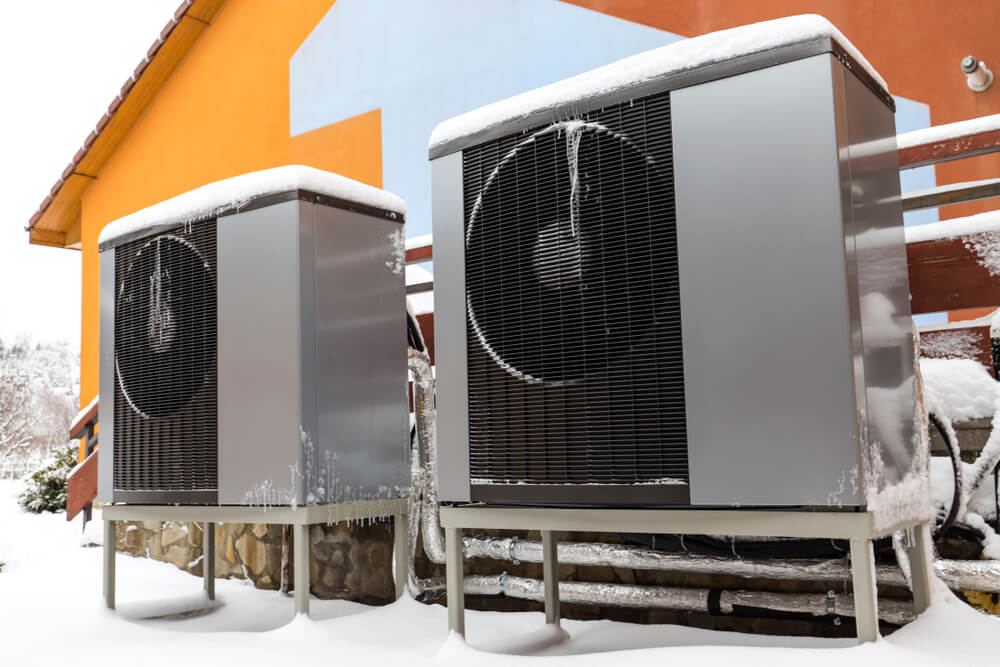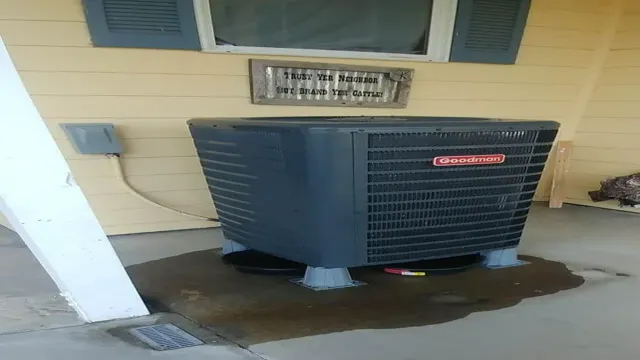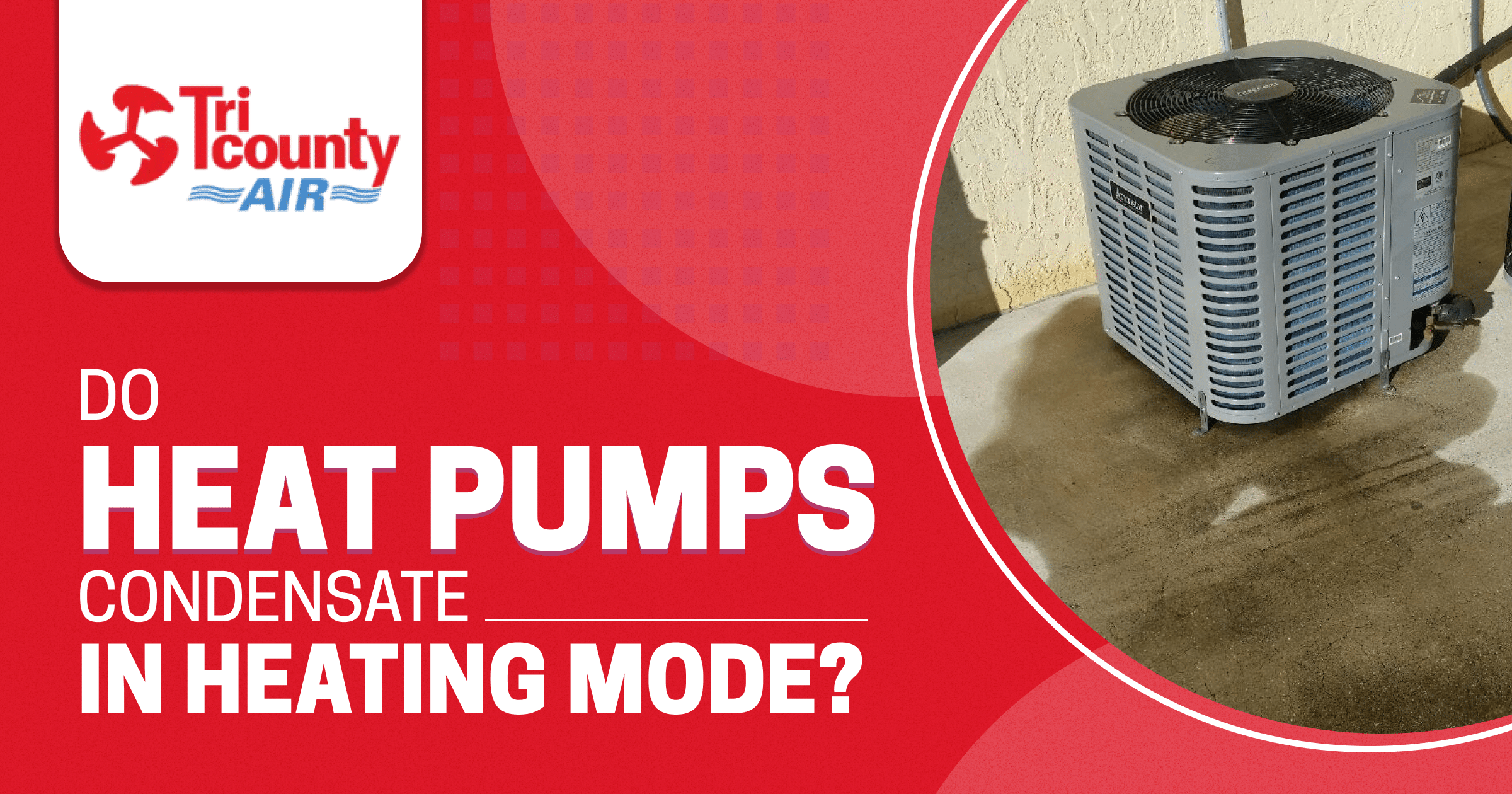Heat Pump Leaking Water Outside Unit In Winter
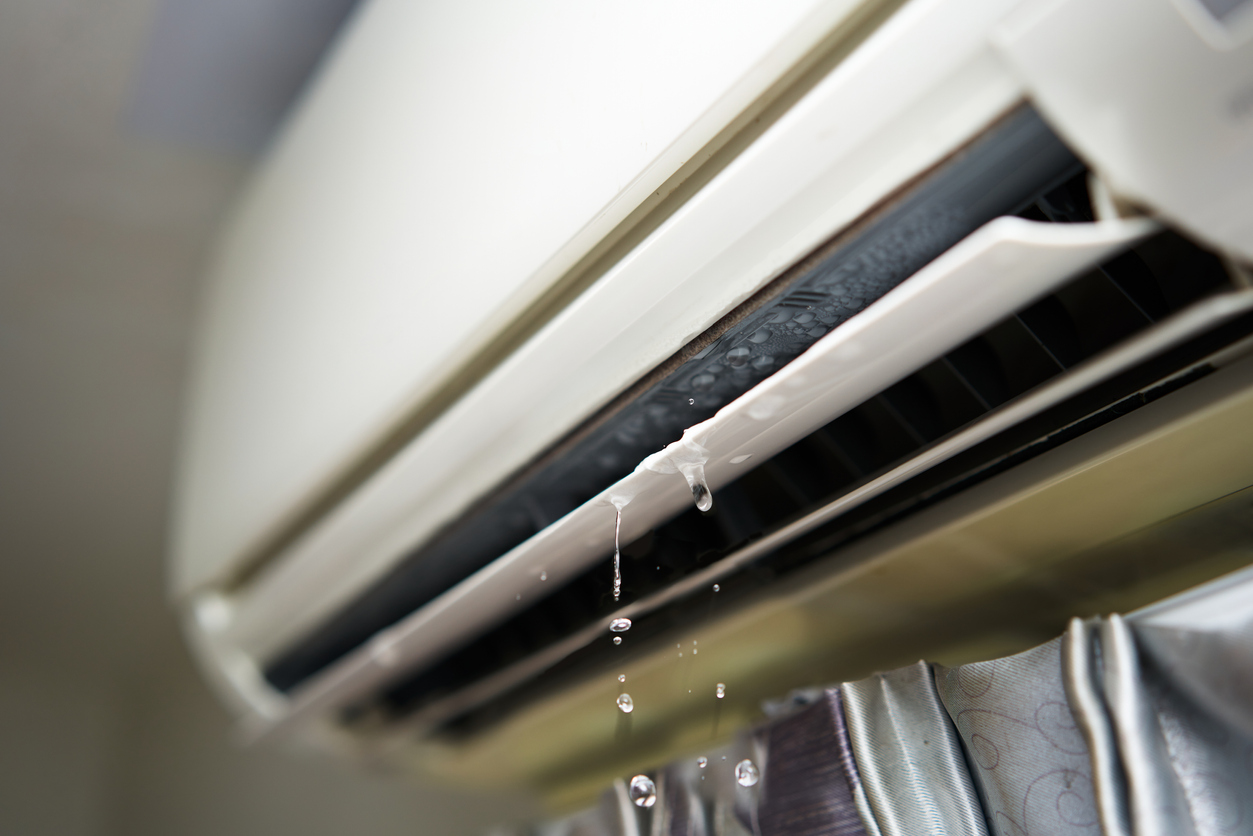
Heat Pump Leaking Water Outside Unit In Winter: Is It a Problem?
Winter brings unique challenges for homeowners, especially when it comes to maintaining the efficiency and functionality of their HVAC systems. One common concern is water leaking from the outside unit of a heat pump during cold weather. While this can be alarming, it's often a normal part of the heat pump's operation. However, understanding when it's normal and when it signals a problem is crucial for ensuring your system's longevity and performance.
Understanding Heat Pump Operation in Winter
Unlike furnaces that generate heat, heat pumps transfer heat from one place to another. In winter, they extract heat from the outside air and transfer it inside. This process requires the heat pump to cool the outdoor coil, which can lead to condensation. When the outdoor temperature drops below freezing, this condensation freezes, forming ice on the coil. To prevent excessive ice buildup and maintain efficiency, heat pumps periodically go into a defrost cycle.
The Defrost Cycle and Water Leakage
The defrost cycle is a crucial function that temporarily reverses the heat pump's operation. It turns on the auxiliary heat (usually electric resistance heaters) to warm the outdoor coil and melt the ice. This melting process produces water, which then drains from the unit. The water leakage you observe is often a result of this defrost cycle. It's typically a short-lived event, lasting only a few minutes. The frequency of defrost cycles depends on factors like outdoor temperature, humidity, and the heat pump's efficiency.
When Water Leakage Indicates a Problem
While some water leakage is normal, certain situations warrant investigation and potential repair. Here's a breakdown of scenarios where water leakage may indicate a problem:
- Excessive Ice Buildup: If you notice excessive ice accumulating on the outdoor coil even before the defrost cycle begins, it could indicate a refrigerant leak, a faulty defrost timer, or a malfunctioning defrost sensor. This can strain the system and lead to reduced heating efficiency.
- Continuous Water Leakage: If water is constantly leaking from the unit, even when it's not in a defrost cycle, there might be a problem with the condensate drain. The drain line could be clogged or frozen, preventing proper water drainage.
- Indoor Leaks: If you see water leaking inside your home near the indoor unit, it's a serious issue that requires immediate attention. This could be due to a clogged condensate drain, a leaking refrigerant line, or a faulty indoor coil.
- Strange Noises: Unusual noises accompanying the water leakage, such as loud hissing or gurgling sounds, could indicate a refrigerant leak or a problem with the compressor.
Troubleshooting Steps You Can Take
Before calling a professional, you can take a few simple steps to troubleshoot the issue:
- Check the Condensate Drain: Locate the condensate drain line (usually a PVC pipe) near the outdoor unit. Ensure it's not blocked by debris or ice. You can try pouring warm water down the drain to clear any blockages.
- Clear Ice Buildup: If you see excessive ice buildup, carefully clear away any obstructions around the unit to improve airflow. Do not use sharp objects that could damage the coil.
- Monitor the Defrost Cycle: Observe how frequently the heat pump enters the defrost cycle. If it's happening too often (e.g., more than once an hour), there might be an underlying issue.
- Check Air Filters: Clogged air filters can restrict airflow, causing the heat pump to work harder and potentially leading to ice buildup. Replace or clean your air filters regularly.
Heat Pump Brands and Models
When choosing a heat pump, consider factors like SEER (Seasonal Energy Efficiency Ratio), HSPF (Heating Seasonal Performance Factor), and AFUE (Annual Fuel Utilization Efficiency, though primarily used for furnaces, its principle applies to overall efficiency understanding). Here's a comparison of popular brands and models:
Trane
Trane is known for its durability and reliability. The Trane XV20i is a top-of-the-line model with a SEER rating of up to 20 and an HSPF rating of up to 10. It features a variable-speed compressor for optimal efficiency and comfort. Trane offers a limited warranty on its compressors and parts, typically ranging from 5 to 10 years.
Carrier
Carrier is another leading manufacturer with a wide range of heat pump options. The Carrier Infinity 26 model boasts a SEER rating of up to 24 and an HSPF rating of up to 11. It also features advanced controls and zoning capabilities. Carrier's warranty coverage is similar to Trane's, with options for extended warranties.
Rheem
Rheem offers more affordable options without compromising on performance. The Rheem Prestige Series heat pumps offer good value with SEER ratings up to 20 and HSPF ratings up to 10. Rheem's warranty coverage is competitive, with a standard 5-year warranty on parts and a longer warranty on the compressor.
Goodman
Goodman is known for its budget-friendly heat pumps. While their SEER and HSPF ratings may not be as high as some premium brands, they offer a cost-effective option for homeowners. The Goodman GSZ16, for example, features a SEER rating of up to 16. Goodman typically offers a 10-year parts warranty.
Heat Pump Costs and Installation
The cost of a heat pump varies depending on the brand, model, size, and installation complexity. Expect to pay anywhere from $4,000 to $10,000 for a complete heat pump system, including installation. Labor costs can range from $1,000 to $3,000, depending on your location and the installer's rates.
Professional installation is crucial to ensure proper sizing, refrigerant charge, and system performance. A qualified HVAC technician can assess your home's heating and cooling needs and recommend the best heat pump for your specific requirements. They will also ensure that the system is installed correctly and meets all local building codes.
Warranty Information and Maintenance
Heat pump warranties typically cover parts and compressor failures for a specified period. Most manufacturers offer a standard 5-year warranty on parts and a 10-year warranty on the compressor. Extended warranties are also available for an additional cost.
Regular maintenance is essential to keep your heat pump running efficiently and prevent costly repairs. Schedule annual maintenance checks with a qualified HVAC technician. During these checks, the technician will inspect the system for leaks, clean the coils, check the refrigerant charge, and lubricate moving parts.
DIY Maintenance Tips
You can also perform some basic maintenance tasks yourself, such as:
- Replacing or cleaning air filters every 1-3 months.
- Keeping the outdoor unit free of debris, such as leaves, snow, and ice.
- Inspecting the condensate drain for blockages.
- Ensuring that the vents inside your home are not blocked by furniture or curtains.
Conclusion
Water leaking from the outside unit of a heat pump in winter is often a normal part of the defrost cycle. However, it's important to be aware of the signs that indicate a problem. By understanding how heat pumps work, troubleshooting common issues, and performing regular maintenance, you can ensure that your system operates efficiently and reliably for years to come. If you suspect a problem, don't hesitate to contact a qualified HVAC technician for professional assistance. Choosing the right heat pump, like the Trane XV20i or the Carrier Infinity 26, paired with proper installation and maintenance, can provide significant energy savings and comfort for your home.


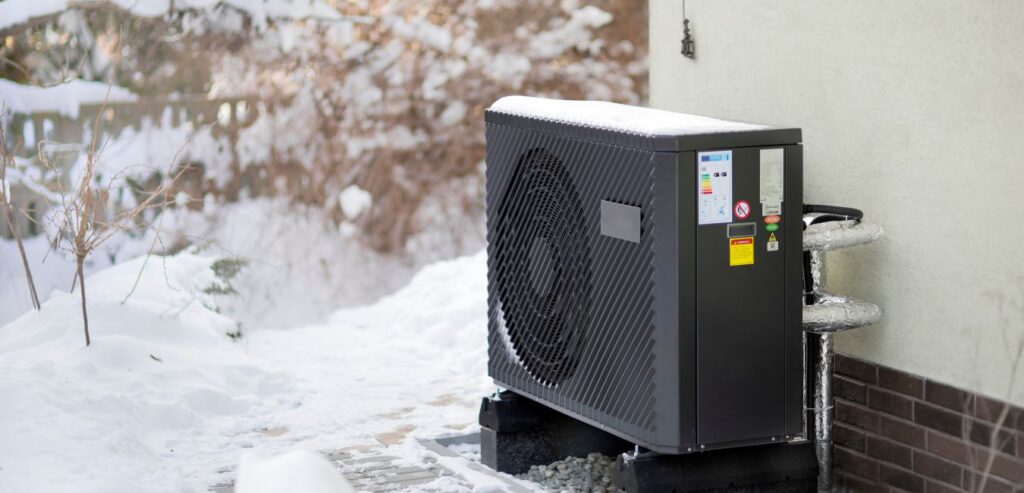
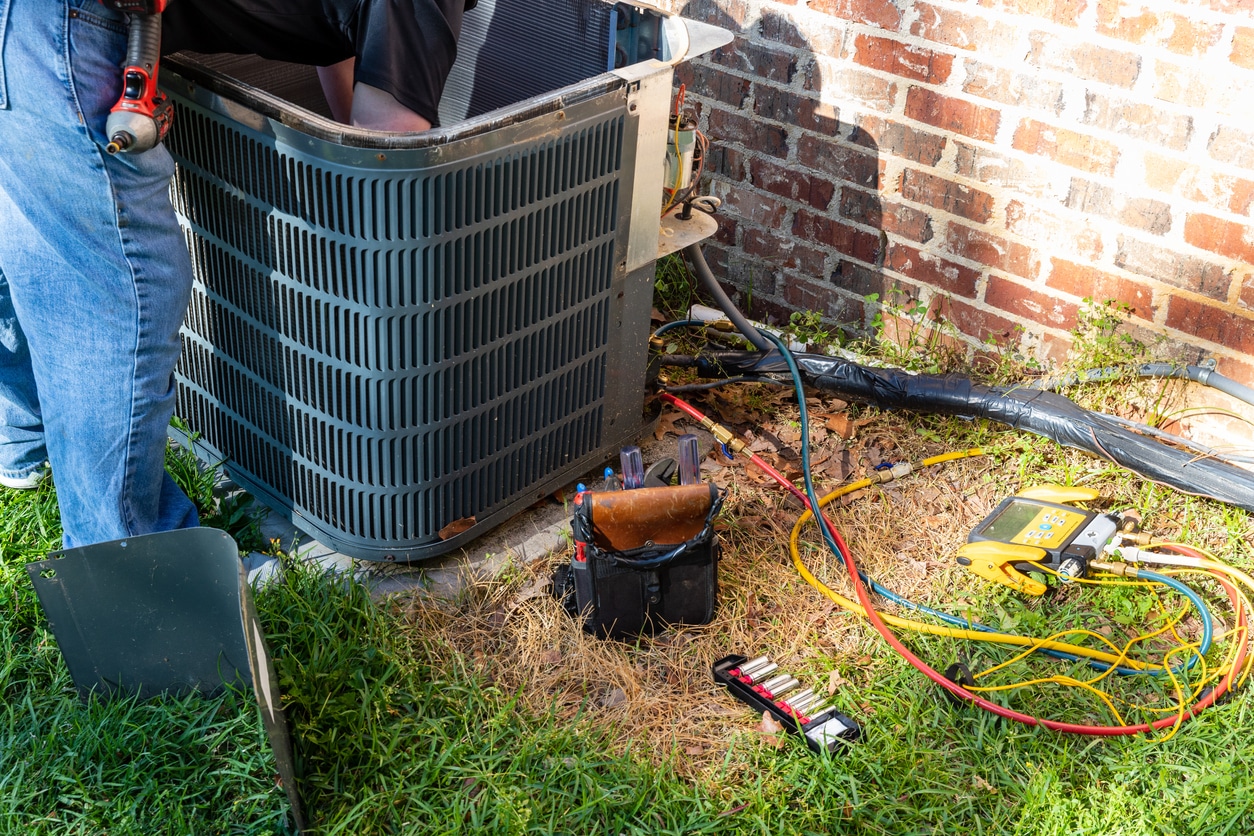
.jpg)
